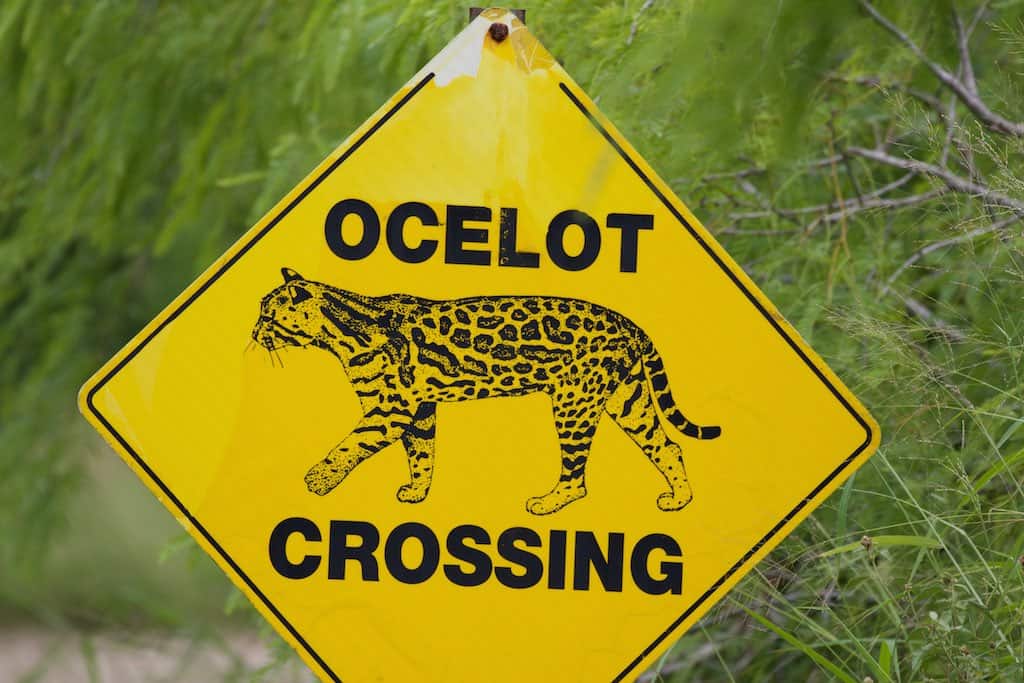Share this article
Can pikas survive climate change after all?
When Andrew Smith hikes with his wife in the Sierra Nevada, he often wears a T-shirt with a picture of a pika on it. The image of the charismatic, rabbit-like animal, which occupies alpine boulder fields throughout the West, catches people’s attention, Smith said. Hikers will stop to comment on it, leading to conversations about the species’ future. Usually, people worry the pika is at risk of extinction due to climate change because of articles they have read in the media. Smith disagrees.
“Uniformly, they have this impression, and it’s really misleading,” said Smith, an emeritus professor at Arizona State University. “I went through a whole stack of news releases that were all saying the same thing: They’re being pushed off the mountain and going extinct because of climate change.”
Smith reviewed the scientific literature, including his own 50 years of research on American pikas, to determine if the published scientific record supports the conclusion that climate change is putting the species on a trajectory toward extinction. In a recent study published in the Journal of Mammalogy, Smith came to a different conclusion.
“I firmly believe climate change is an existential threat for life on this planet, so it’s very, very difficult for me to contravene the conventional wisdom that the pika is going extinct from climate change,” he said. “But it’s really important to get the science right.”
For Smith, the species’ paleontological history offers some clues. Pikas used to be found in the Appalachian Mountains, across the continent from where they currently abide. There is even fossil evidence of pikas in the Mojave Desert. But, as the earth’s climate warmed, the species gravitated to cool, high-elevation areas where they dwell today in talus fields. “This record indicates that pikas are a temperature-sensitive, climate-driven species,” Smith said.
When COVID hit, Smith thought it was the perfect time to stay inside and conduct his review. He collected all of the literature published about pika distribution from the last 50 years. After organizing the studies and reviewing their findings, he concluded that American pika (Ochotona princeps) populations remain healthily distributed across their large geographic range. He believes that studies showing declines in pika distribution put too much emphasis on marginal sections of the pika’s range.
Some pika populations do appear to be disappearing due to climate change, Smith said, typically if they are small and isolated populations. Pikas are poor at dispersing from one talus patch to another, and in warmer, lower-elevation areas, sites where pikas have disappeared are unlikely to see them return in a warming climate. These losses are probably a one-way street, Smith said.
In other areas, though, some pika populations are occupying sites that are uncharacteristic of the alpine habitat which most people associate with the species, such as at the Mono Craters and Lava Beds National Monument in California and Craters of the Moon National Monument in Idaho. In these regions, pikas appear to be highly resilient, Smith said, coping with warm, dry temperatures by being active primarily at dawn, dusk or even at night, and subsisting on scruffy vegetation. Smith likens his research at the Mono Craters to studying pikas on the moon. “I have worked on this species for 50 years, and I still can’t figure out how they survive in this setting,” he said.
These adaptations may be critical in understanding how various species may survive into the future, Smith said.
“The resilience of pikas in the face of climate change, and their ability or inability to persist in marginal, hot environments will continue to contribute to our understanding of the impact of climate change on individual species.”
His conclusions are controversial among pika researchers, however, and other scientists question his findings, particularly in how they apply to pikas at higher altitudes.
“My take on the collective body of previous studies suggests that places where winter snow cover is in decline and summer temperature is on the rise are the places where pikas will have the most trouble with climate change,” said Chris Ray, a research associate at the University of Colorado Boulder.
While pikas do still persist in many parts of their historical areas, she said, their numbers are falling, and climate change seems to be the best explanation.
“They inhabit places that are for the most part remote and not affected by a lot of human activities other than climate change,” Ray said. “So, it should be relatively easy to determine whether climate is the cause or just a correlate of any pika declines that we observe.”
In many areas, pikas have few refugia to inhabit as temperatures warm, she said. “Unfortunately, their current distribution shows us that once the high mountains and deep taluses no longer hold ice, pikas will mostly disappear.” Pikas have demonstrated some flexibility during past climates events, Ray acknowledged, but “their current flexibility has limits that are made obvious by looking at their current distribution. Pikas are mostly absent from lowlands without subsurface ice or proximity to an ocean that can moderate the climate.”
“Hopefully, they won’t disappear faster than we can figure out what’s to blame,” Ray continued. “And I see the declines in density now.”
Header Image: Researcher Andrew Smith argues pikas are more resilient to climate change than many biologists believe. Credit: Andrew Smith, Arizona State University








